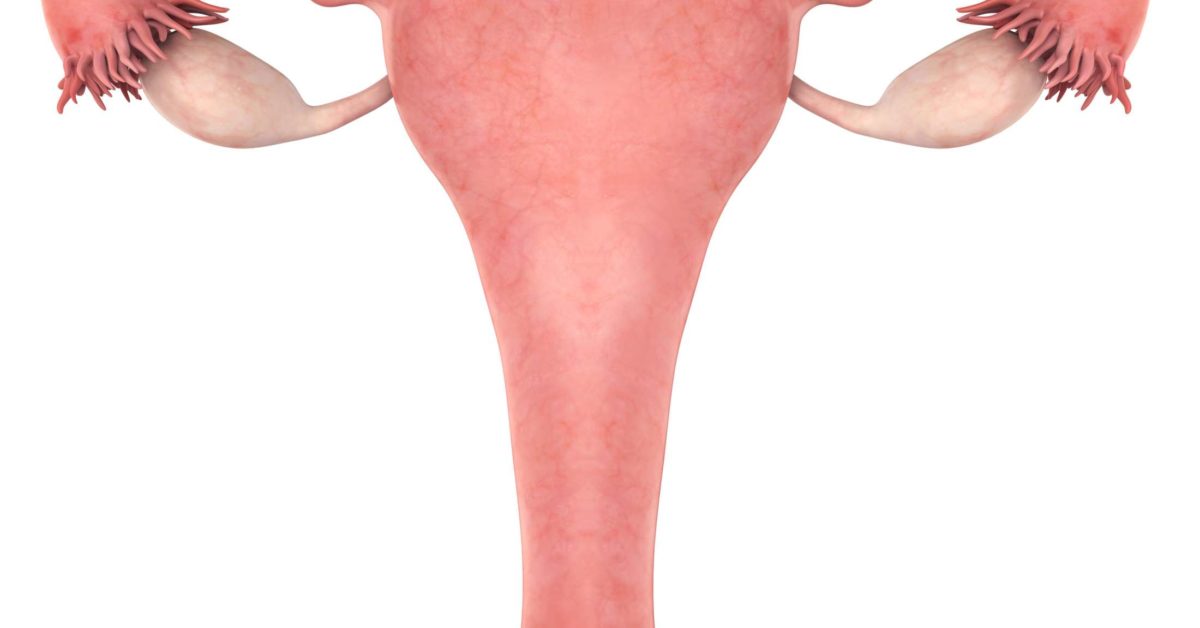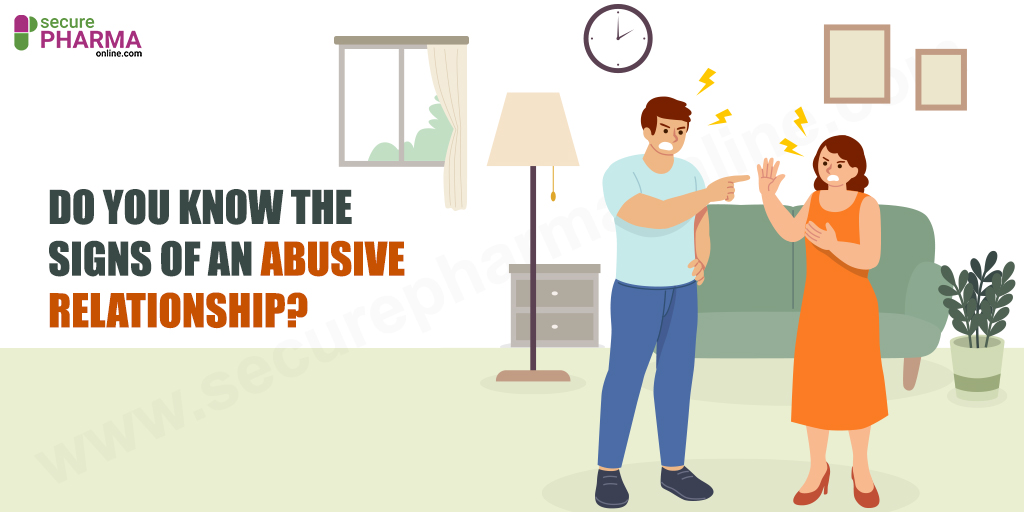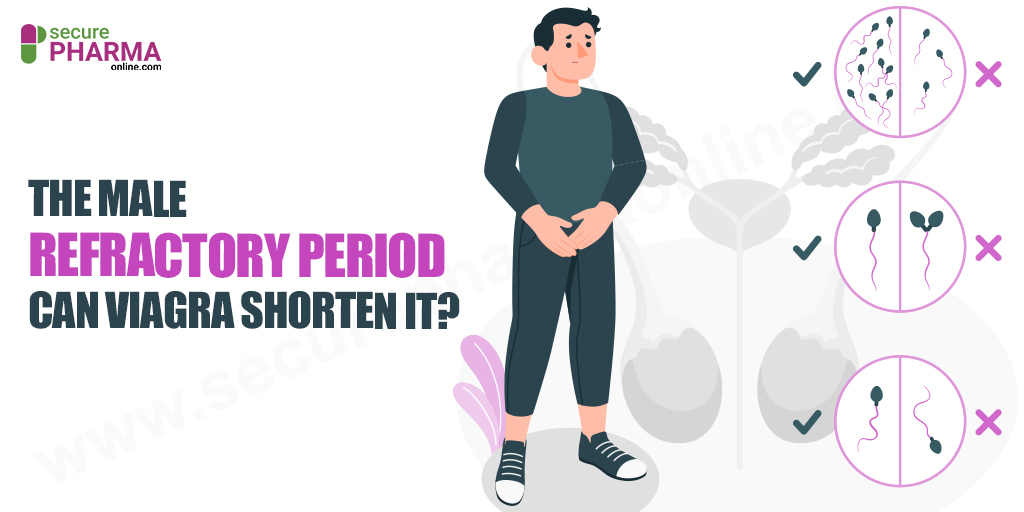Enlarged Womb Or Uterus: Causes, Symptoms And Treatments

This article will discuss the causes, symptoms and treatments of enlarged womb or uterus.
Introduction
The average womb that is additionally referred to as a woman’s internal reproductive organ, measures three to four inches by a pair of.5 inches(ca.13 cm). It’s the form that is associated with the dimensions of a turned pear. A range of medical conditions will cause the womb to extend in size, as well as physiological conditions or uterine fibroids.
A woman’s womb is the size of a mitt, however, it will grow as huge as a ball or larger throughout her physiological condition. Additionally, there are several reasons why a woman’s womb might become enlarged.
Causes and symptoms
A woman is often unaware that she has an associate enlarged womb. Most often, ladies discover they need a drag throughout a girdle examination.
It is doable a girl might notice a turgid belly or that garments appear too tight, except for most, a designation of an associate enlarged womb is sudden.
A number of common conditions will cause a womb to stretch on the far side of its traditional size.
1. Fibroids
Fibroids square measure one in every of the foremost common causes of the associate enlarged womb. Luckily, fibroids square measure noncancerous.
Fibroids square measure tiny lumps that may weigh up to many pounds. Also, they’re found on the walls of the womb.
According to the workplace on Women’s Health (OWH) of the U.S. Department of Health and Human Services, between twenty or eighty % of women trusted the supply of developed fibroids before the age of fifty.
Fibroids are also symptomless initially or might cause pain and significant catamenial cycles.
Fibroids conjointly place pressure on the bladder and also other body parts, inflicting frequent evacuation and body part pressure. If they get too huge, fibroids might cause the womb to become enlarged.
Fibroids square seldom measures as cancerous, however, they can cause:
- Heavy catamenial haemorrhage
- Painful periods
- Discomfort throughout sex
- Lower back pain
Some fibroids square measure tiny and should not cause any noticeable symptoms.
2. Adenomyosis
Adenomyosis may be a noncancerous condition that mimics symptoms of fibroids. It ends up in the liner of the womb, changing into being embedded directly within the muscle wall of the womb. Throughout the oscillation, the cells of the muscle bleed, inflicting pain and swelling.
Adenomyoma is the swollen part of the female internal reproductive organ wall. Upon examination, the adenomyoma seems like a fibroid, associated it’s going to even be confused with one on an ultrasound.
Adenomyosis might not cause any symptoms. In different severe cases, it will cause significant haemorrhage and cramping throughout the menstruum.
One study of 985 ladies reported that endometriosis was detected in some twenty % of participants.
However, all participants within the study had attended a gynaecology clinic with existing symptoms. It’s therefore acceptable that the prevalence of endometriosis is higher within the general population.
Most women see a resolution of their symptoms over time. That’s once the body stops manufacturing estrogen and periods stop. The symptoms square measure just like those of fibroids and include:
- Heavy catamenial haemorrhage
- Painful cramping
- Pain during sex
Women may notice tenderness and swelling in their lower abdomen. Ladies with endometriosis will have a womb that’s double or triple its traditional size.
3. Polycystic Gonad Syndrome
A range of conditions might cause an associate enlarged womb, as well as polycystic ovary syndrome. Polycystic gonad syndrome (PCOS) conjointly causes associate enlarged womb. It’s the result of secretion imbalances in menstruum and also the shedding of the mucosa lining of the womb. It affects one in 10 ladies of childbearing age, per the OWH.
The body generally sheds the mucosa lining throughout the oscillation, however, in some ladies, the liner isn’t entirely discarded and interferes with their monthly cycle.
The accumulation of the mucosa lining causes inflammation and enlargement of the womb.
4. Endometrial Cancer
According to the National Cancer Institute (NCI), endometrial carcinoma is most frequently diagnosed in women aged fifty-five to sixty-four. The NCI estimated there would be 380 new cases in 2017 only.
One of the symptoms of endometrial carcinoma is an associate degree enlarged female internal reproductive organ, though it may be an associate degree indicator of advanced-stage cancer.
5. Menopause
Perimenopause, that is that the stage before a girl enters a new phase of their reproductive lifecycle is another reason behind female internal reproductive organ enlargement and is because of unsteady endocrine levels.
Inconsistent endocrine levels throughout this era of a woman’s life might cause the female internal reproductive organ to enlarge. Most of the time, the female internal reproductive organ goes back to its traditional size once a girl has reached crossed perimenopause.
Bonus Read: Educate yourself with remedies to ease the symptoms of menopause.
6. Ovarian Cysts
Ovarian cysts square measure fluid-filled sacs that grow on the surface of associate degree ovary or at intervals in it. In most cases, female internal reproductive organ cysts square measure as harmless.
But if the cysts become large, they’ll cause an associate degree enlarged female internal reproductive organ, furthermore as additional serious complications.
7. Pregnancy
The female internal reproductive organ commonly fits into the pelvis. Once you’re pregnant, your growing baby can cause your female internal reproductive organ to extend in size 100 times, from the scale of a hand to a watermelon or larger by the time you deliver.
8. Reproductive Cancers
Reproductive cancers of the female internal reproductive organ, mucosa, and cervix will all turn out as tumours. Reckoning on the scale of the tumours, your female internal reproductive organ will swell.
Additional symptoms include:
- Abnormal epithelial duct harm, like harm not associated with your cycle
- Pain with sex
- Pelvic pain
- Pain whereas urinating or feeling such as you can’t empty your bladder
Complications
The causes of female internal reproductive organ enlargement could cause complications if the symptoms of the underlying condition worsen or are left untreated.
Complications could include:
- Hysterectomy (removal of all or a part of the uterus)
- Loss of fertility
- Miscarriage and different gestation complications
- Infection – thanks to female internal reproductive organ inflammation
Diagnosis and Treatment
Many women don’t apprehend they have an associate degree enlarged female internal reproductive organ. Usually, a doctor discovers this condition through a physical test or imaging tests.
In most cases, an associate degree enlarged female internal reproductive organ could be a benign condition and doesn’t need treatment unless someone has severe symptoms and pain.
An enlarged female internal reproductive organ is sometimes found incidentally. As an example, your doctor could determine associate degree enlarged female internal reproductive organ throughout a routine girdle test as a part of a woman-wellness medical exam. It should even be known if your doctor is treating you for different symptoms, like abnormal menstruum.
If your female internal reproductive organ is enlarged, attributable to gestation, it’ll naturally begin to shrink when you deliver. By one week postnatal, your female internal reproductive organ is reduced in size. By four weeks, it’s just about back to its original dimensions.
Other conditions inflicting an associate degree enlarged female internal reproductive organ may need medical intervention.
Most causes of associate degree enlarged female internal reproductive organ don’t need treatment, though some ladies may have medication for pain relief. Additionally, contraception pills and intrauterine devices (IUDs) containing progestogen will ease the symptoms of serious discharge harm.
In terribly severe cases, some ladies may have an extirpation.
With female internal reproductive organ cancer, surgical removal of the female internal reproductive organ, fallopian tubes, and ovaries is also the counselled course of treatment. Following surgery, ladies could bear therapy and radiation.
Conclusion
An enlarged female internal reproductive organ is sometimes not a sign of a heavy health condition. Doctors can use CT scans and ultrasounds to see the precise reason behind enlargement.
Most of the time, no treatment is important, and doctors can simply monitor the reason behind enlargement. They’ll additionally do some tests to rule out female internal reproductive organ cancers.
It is necessary for women to undergo routine girdle exams with a gynaecologist to observe any issues early and forestall complications.
June 10, 2021 Sam Bell











Comments